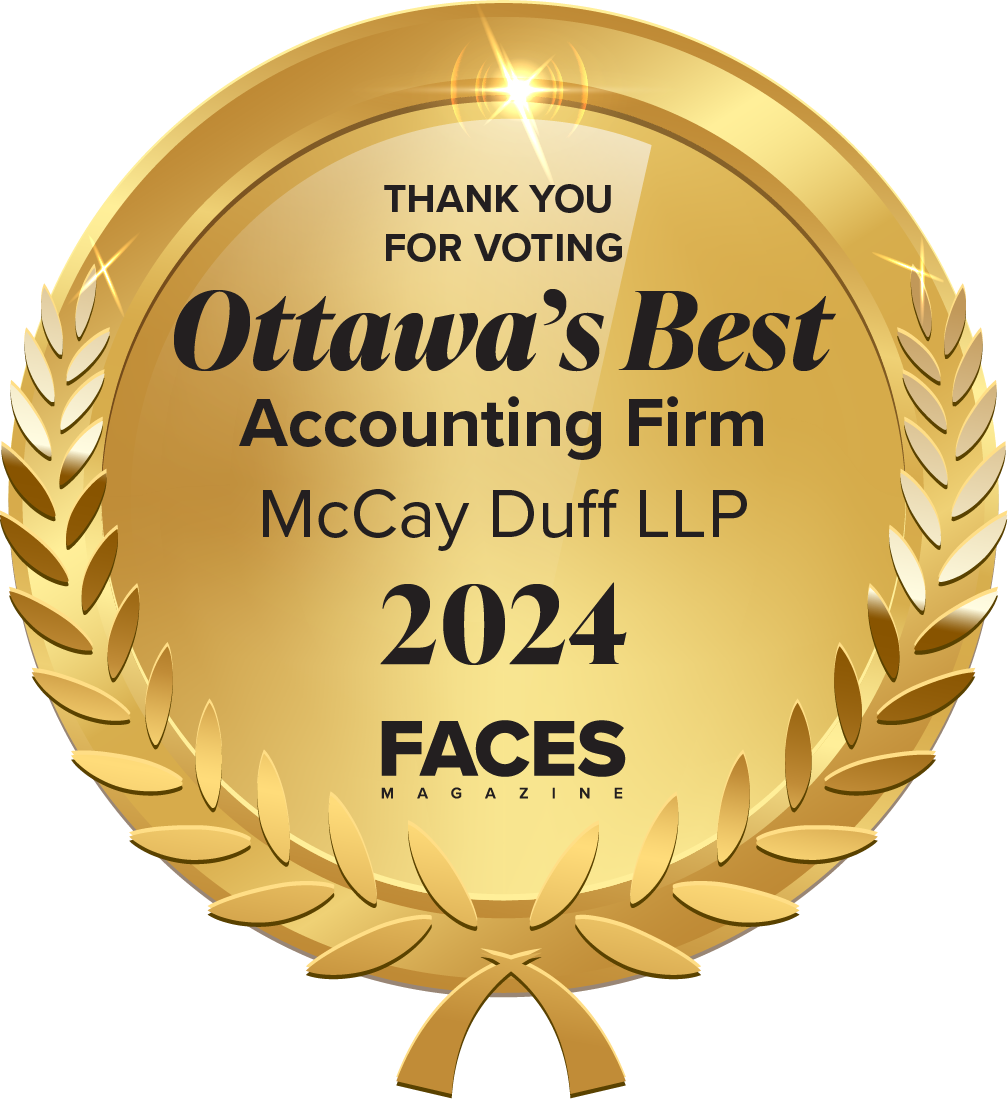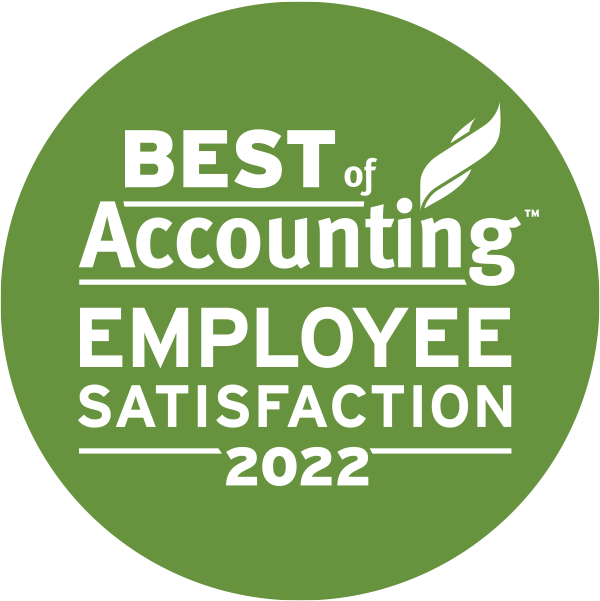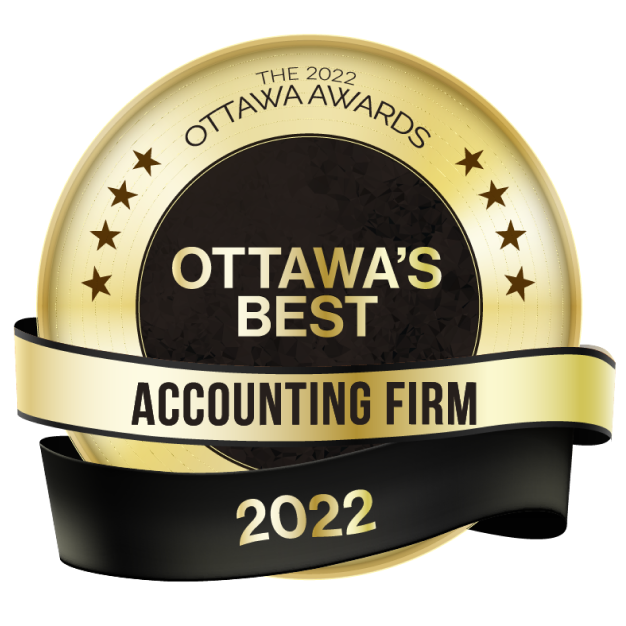The first milestone of every business is to break even. The break-even is when the company makes enough revenue to meet its cost. It’s a no-profit, no-loss stage. It is the bare minimum a business must achieve to stay afloat. A business unable to break even is only burning cash, which is not sustainable in the long run.
Calculating and analyzing the break-even point (BEP) can help small business owners make some of the most critical decisions, from pricing to costing to business expansion. The BEP analysis can answer whether a business venture or a new product is worth it. Even banks and investors look at BEP before investing in the business.
Now that the significance of break-even is established let’s understand how to calculate this figure, analyze it, and use it in business planning.
Calculating The Break-Even Point
Every business has a fixed and variable cost and a selling price. The BEP formula uses these three elements.
Break-Even Point = Fixed Costs ÷ Contribution Margin
Contribution Margin = Revenue per Unit – Variable Cost per Unit
Fixed costs include rent for storefronts, factories, computers, software, and fees paid to advertisers. It is that cost which will remain fixed whether you produce 10 units or 100 units. For instance, whether you bake 10 cookies or 100, the cost of the oven and equipment will be the same.
Variable costs include labour, materials, sales commission, shipping, and utilities. This cost will change depending on the units you produce. For instance, the cost of sugar, flour, electricity bill, and packaging will vary if you bake 10 cookies and if you bake 100.
After deducting the variable cost to cover the fixed cost, the contribution margin tells you the amount from the selling price left. For instance, you sell 100 cookies for $100, and the variable cost is $40. Your contribution margin is $60, which you can use to cover fixed costs.
A higher fixed cost increases your break-even point. Hence, a new baker might consider renting an oven instead of buying it. A lower fixed cost can help him achieve break-even faster. Only when you have a higher contribution margin can you consider the capital expenditure of buying an oven?
If variable costs are higher than sales revenue, the BEP will also be high, as in the case of software businesses where salary expense is high. The BEP is different for different types of companies and even works differently for them.
Using Break-Even Analysis in Business Planning
As we stated at the start of the article, a business strives to break even. A BEP can tell you how many units you need to sell to break even, but it cannot help you sell that many. Once you have your BEP and the number of units your business needs to sell is unrealistic, it is time to return to the drawing board and work out the price and cost structure.
Even then, if things don’t add up, maybe now is not the right time to launch the product.
Determining If the Business Is Worth Pursuing
A small business owner can use the BEP to devise a sales strategy to achieve the volume that can help it break even. The business owner can set a time frame to break even and accordingly accumulate sufficient reserves to fund its losses till then. This time frame may vary according to the business type.
For instance, a business may set a target to break even in three to five years and arrange for funds to meet five years of business expenses. If the company doesn’t reach BEP in three years, it could be a warning sign, and if it doesn’t reach BEP even after five years, the owner might instead pursue a different venture. Even investors use BEP to determine how long they want to hold the investment before deciding to invest more or exit.
Determine Cost Strategy
Going back to our example, if the business finds it difficult to break even after three years, the business owner could consider reducing its costs by using cheaper alternate materials without compromising on quality. A baker could also minimize packaging costs and opt for a more affordable alternative. It could outsource some of the work, such as home deliveries, if demand picks up, thereby reducing the cost of hiring an employee.
Many companies calculate the impact on BEP when hiring a new employee, opening a new store, or buying equipment. They want to know when a new employee, store, or equipment will pay off the cost and turn profitable. The answer could alter the decision of hiring a new employee or opening a new store.
Determine Pricing Strategy
A BEP analysis can also help you determine if your prices are too low or too high. However, your pricing strategy is not solely based on BEP but also on the market rate as you want to stay competitive. If the price is way below market price, you have room to increase prices. However, if rising prices are not an option, you could consider offering discounts provided lower prices boost volumes enough to break even. Note that price discounts may only work if fixed costs are high, as you can achieve economies of scale.
Limitations of Break-Even Analysis
While break-even analysis is a good starting point, it has limitations. Break-even analysis cannot help you forecast demand and supply or prepare for long-term goals and market uncertainties. A business owner must do budgeting, forecasting, financial planning, and much more alongside break-even analysis to run the business smoothly.
Contact McCay Duff LLP in Ottawa to Help You with Break-Even Analysis
A business consultant can help you perform forecasting and break-even analysis to devise strategies backed by data. At McCay Duff LLP, our accountants and business consultants can help you make your business cost-efficient through stringent tracking and monitoring of financials. To learn more about how McCay Duff LLP can provide you with the best accounting and business consulting expertise, contact us online or by telephone at 613-236-2367 or toll-free at 1-800-267-6551.





